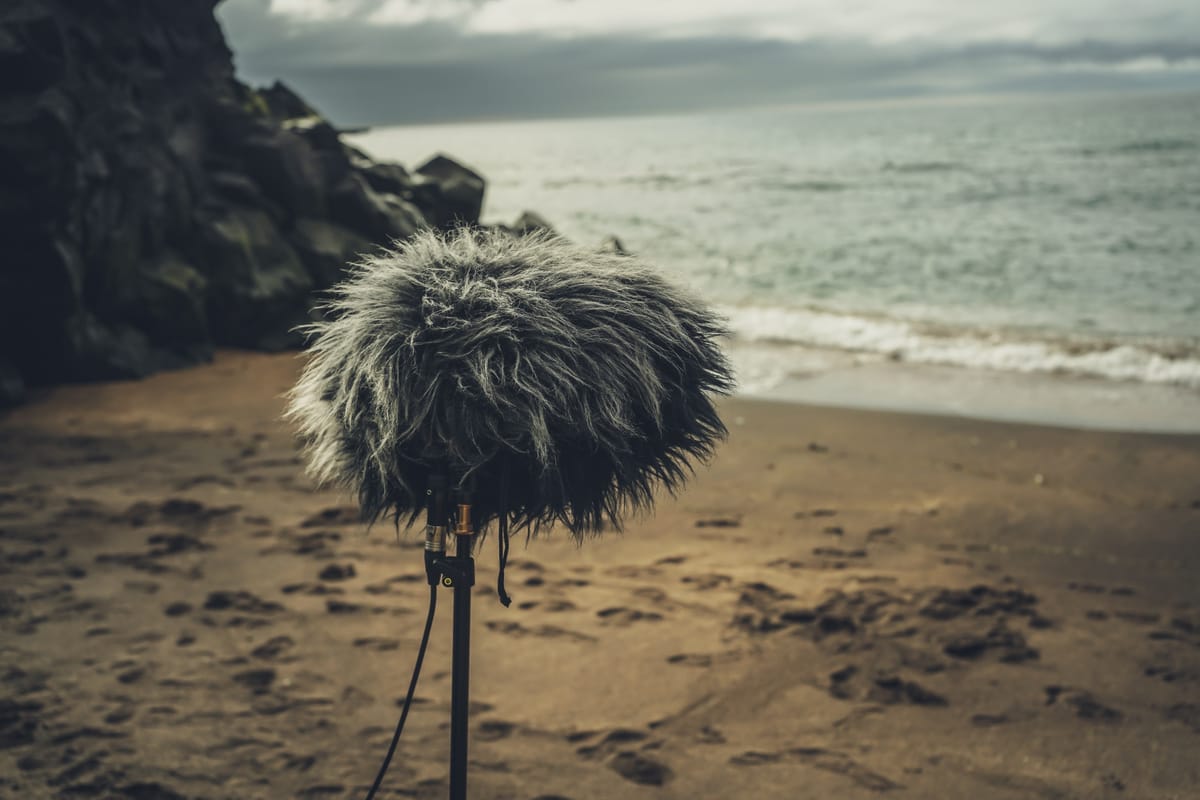Back in the 1950's and 60's, journalists Fred Friendly and Edward R. Murrow were behind what is considered television's first documentary series, See It Now. In these broadcasts about current events, they refused to add background music in their episodes. For Friendly, the use of background music was a theatrical device that heightened whatever was going on in the documentary. So he only permitted music if it was already part of the background noise in a location where a scene was shot, or in the musical theme introducing the show.
These days, it's hard to come across documentaries or even news reports without sound effects or music. But the question of whether it can be misleading or unethical to provoke emotions from the audience remains.
And while Friendly stood firmly on the no artificial audio side of the spectrum, one could argue that wildlife documentaries are usually on the completely opposite side.
If you're watching an animal walking through the grass or dry leaves, and you can hear every step really clearly, odds are those sounds were actually completely constructed in a studio by a human. The podcast 99percentinvisible had a really insightful episode on this practice, which is called Foley.
If that doesn't make you think twice the next time you watch a wildlife documentary, maybe this will. The BBC learned they may have disappointed some viewers when people found out that not all of the clips in a viral video of an iguana being chased by snakes were of the same iguana. While this practice is common in wildlife documentaries, there continues to be a debate around the ethics of it. Especially since often there are no disclaimers for the audience.
Wildlife documentary filmmakers have often relied on humans' inability to differentiate between two individual animals from the same species, but the minute a story becomes about a human, it's not possible to get away with.
It is possible to recreate a scene while writing an article by interviewing witnesses. But in video, if you weren't at the location of the event — or your camera wasn't recording or pointing in the right direction — the story becomes more challenging to tell. And that's why, as billions have gotten access to phones, journalists are increasingly relying on citizen journalism and user generated content as it gets difficult for them to be physically present everywhere.
Citizen journalism was a driving force behind unveiling the extent of police brutality against Black people in America. This new ability to capture the brutality on mobile devices that allowed the public to document their everyday experience was covered in Alissa V. Richardon's book Bearing Witness While Black. Similarly, around the world, people have used their phones to document human rights violations like lynchings and military oppression.
Does this count as mobile journalism because it was shot on a phone? And if so, is mobile journalism a derivate of citizen journalism? Or, is it a set of techniques used by citizens and professionals that help them capture a story with a phone?
Whether you're a citizen or a journalist working on a story, you'll have to make tons of tiny decisions that have implications for how your audience understands your work. The decision to add music (or not), is just one of them.

Last week, our fellow Rohit Upadhyay published his extensive report on the Pathalgadi movement in Jharkhand where members of Schedules Tribes advocated for self-rule. Rohit documents the questionable proceedings after a stand-off between Adivasis and the police. The video explores the underlying cause of conflict — a struggle for rights over the land and it's resources — and the current government's attempts to dissipate the tension.
You can also watch how Rohit covered the story in his behind-the-scenes vlog:

ABOUT THIS NEWSLETTER
This newsletter is an attempt to keep up and share all the latest and greatest stories in media and how they get done. Read about it here: About In Old News-Letter. And if you were forwarded this newsletter, here’s how you can sign up to get the latest editions as they come out!

